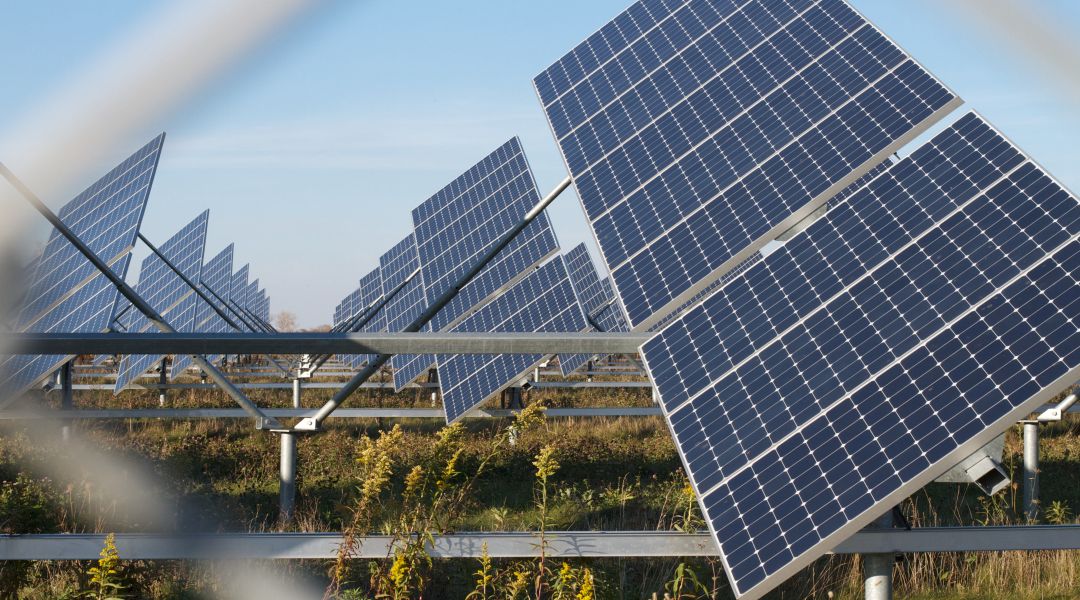One of the most important energy challenges facing scientists is the conversion of CO2 or H2O to fuel by using only water and sunlight. Solar cells are the main technology being developed to achieve this goal, and novel strategies to maximize their power output and minimize loss of light are needed.
In Advanced Energy Materials, Prof. Jared H. Delcamp and Dr. Hammad Cheema of the University of Mississippi report a sequential series multijunction dye-sensitized solar cell (SSM-DSC) with a simple-to-apply antireflective coating that minimizes light loss.
Prof. Delcamp: “SSM-DSCs consist of individual subcells stacked and wired in series. The total photocurrent output of this must be matched at each individual subcell. Within our technology we’re able to control that by the thickness of our solar cell device as well as organic dye sensitizer or metal-based sensitizer selection. Also, we’re able to use an anti-reflective coating in addition to an immersion oil to limit photon losses within the system for maximum power output.”
Dr. Cheema: “By using this fluoropolymer-based antireflective coating, along with a ruthenium sensitizer and an organic sensitizer in SSM-DSCs, we were able to achieve solar-to-electric conversion efficiency of greater than 10%, along with more than two volts photovoltage output. Importantly, this efficiency is higher than any single device in the stack of SSM-DSCs.”
To find out more about this sequential series multijunction dye-sensitized solar cell, please visit the Advanced Energy Materials homepage.

















